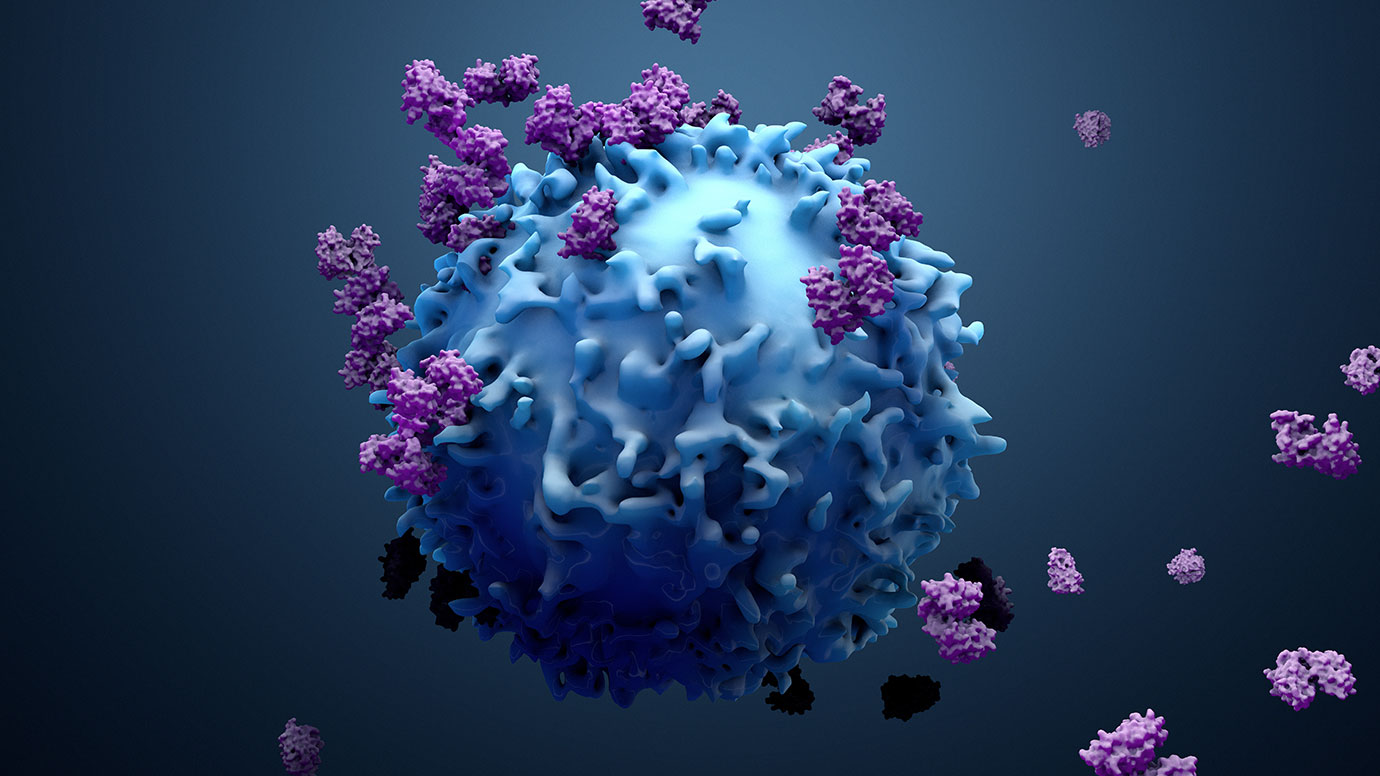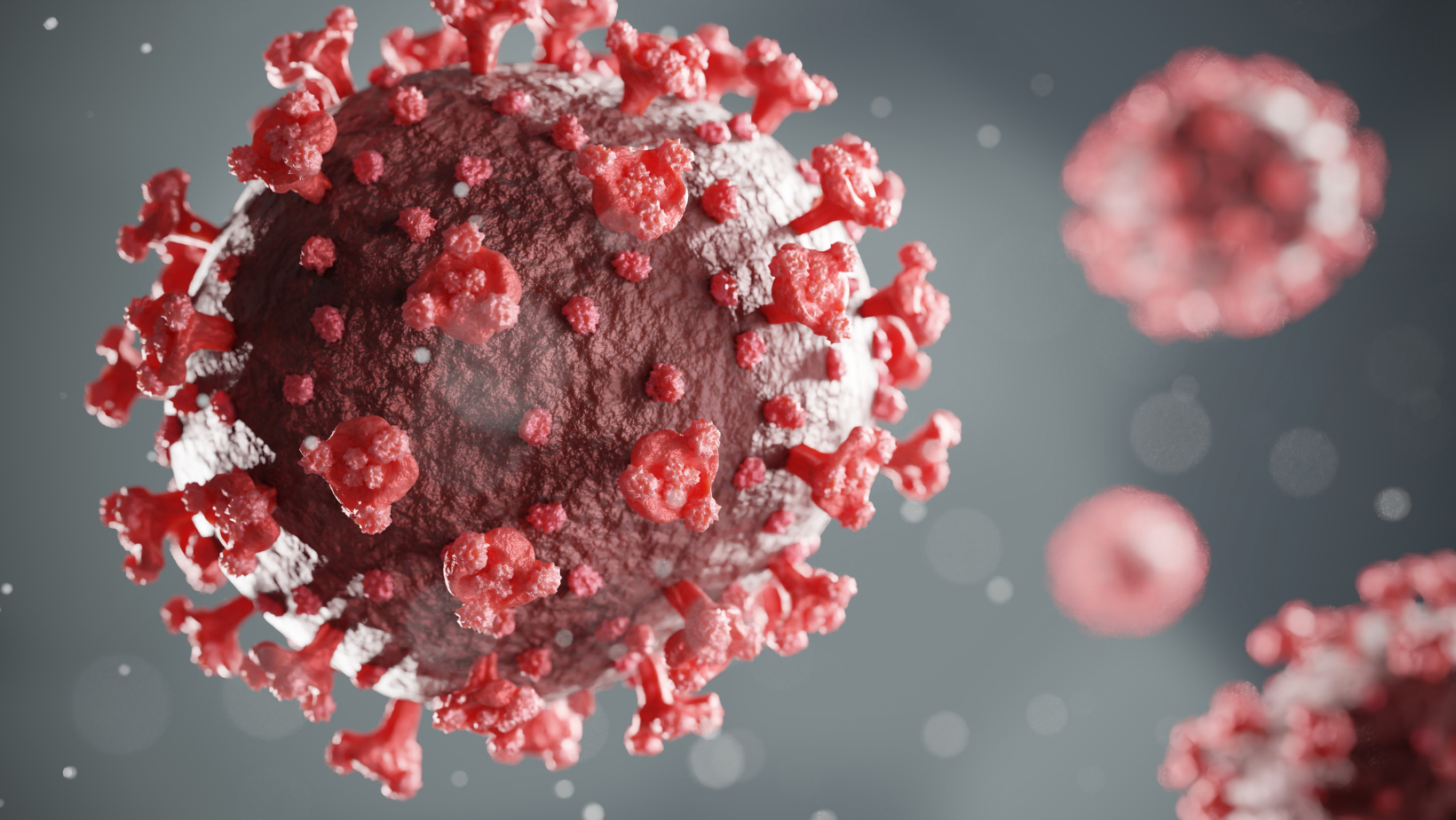
Introduction
The approval and availability of cancer immunotherapies have significantly advanced treatment outcomes for patients with melanoma and with other cancers such as lung cancer and renal cell carcinoma. Specifically, checkpoint inhibitors (ICIs), bispecific T‐cell engaging antibodies (BiTEs), and adoptive cell therapies (ACT), including chimeric antigen receptor (CAR) T‐cell therapies, are all contributing to longer patient survival.
Immunotherapies can be associated with significant toxicities that are caused by immune activation. Cytokine release syndrome (CRS) is a common and potentially severe complication that is observed with CAR T‐cell therapies, BiTEs, and less commonly ICIs. Considerations regarding frequency, pathogenesis, clinical presentation, diagnosis, and management are discussed here.
Frequency and Severity
According to a recent review article, the incidence of CRS with CAR-T-mediated therapies ranges from 37% to 95% and the incidence of severe CRS is 2% to 23%. The incidence of CRS with BiTEs is 10% to 72% and less than 1% to 10% for severe CRS. The incidence of CRS with ICIs is rare, ranging from less than 1% to 2% and less than 1% to 1% for severe CRS. The severity of CRS is influenced by disease stage, tumor burden, the choice of target antigen and costimulatory domains.1
Pathogenesis
CRS is a life-threatening response involving extensive activation of immune cells. Initially, there is activation of multiple immune cell types, including T cells, B cells, natural killer (NK) cells, macrophages, and dendritic cells. A rapid and excessive release of cytokines then follows. Activated T cells release IFN-γ, IL-2, IL-8, and MIP-1β, causing a widespread inflammatory response. Macrophages release significant amounts of IL-6 and IL-1, and elevated levels of IFN-γ leads to further macrophage activation and the release of TNF-α. If untreated, tissue damage, systemic inflammation, and organ damage then occur. 1
Clinical Presentation
The onset of CRS symptoms generally occurs within 1–14 days after receiving immunotherapy, although timing can vary depending on the therapy used and patient characteristics. CRS associated with BiTEs often occurs earlier than with CAR T-cell therapy, often within 24 hours after administration. CRS initially presents as flu-like symptoms, such as fever and fatigue, but can escalate to include hypotension, hypoxia, and tachycardia, and lead to severe organ dysfunction. 1
Diagnosis
CRS is diagnosed based on clinical presentation, laboratory findings, and imaging results. Laboratory markers of systemic inflammation, such as IL-6, C-reactive protein, and ferritin, are elevated in response to the hyper-activation of the immune system. However, there is no standard profile currently utilized to predict CRS severity.2-4
It is important to determine if the symptoms observed stem from infectious conditions. Infections have been observed in approximately 23% of patients within the first 30 days following CAR T-cell therapy, with higher rates among those experiencing severe CRS. In addition, infection rates up to 24% have been shown to be associated with BiTEs.1,5,6
CRS can be misdiagnosed or mistaken for conditions such as systemic inflammatory response syndrome (SIRS) from sepsis, macrophage activation syndrome (MAS), and drug-induced or other non-infectious causes of fever. Immune effector cell-associated neurotoxicity syndrome (ICANS), particularly in patients receiving CART-cell therapy, can also be observed and the overlap between CRS and ICANS complicates diagnosis and management.1
Treatment and Prophylaxis
Early recognition of CRS is important to optimize outcomes and avoid progression from mild symptoms to life-threatening complications. Advanced imaging and repeated cytokine profiling have been used to guide therapeutic interventions.1
Management is based on the ASTCT criteria that categorizes CRS into four grades: mild fever without hypotension or hypoxia (Grade 1) to life-threatening symptoms requiring vasopressors and mechanical ventilation (Grade 4).7 Supportive measures, including antipyretics and intravenous fluid support, are used for Grade 1 CRS. For Grade 2 CRS and above, treatment focuses on immunotherapy, mainly using the IL-6 inhibitor tocilizumab.1 Corticosteroids, particularly dexamethasone, are utilized as second-line agents, often in combination with tocilizumab for refractory and Grade 4 CRS.1
Prophylactic strategies may also be used, such as fractionated CAR T-cell dosing and preemptive tocilizumab administration.1,8,9
Conclusions
Continued focus on diagnosis and management of CRS is important to ensure that benefits of immunotherapy are maximized while minimizing risks. Effective CRS management requires early recognition, accurate differential diagnosis, and collaboration between oncology and other specialists to improve patient outcomes.
References
- Arvanitis P, Tziotis A, Papadimatos S, Farmakiotis D. Pathogenesis, Diagnosis, and Management of Cytokine Release Syndrome in Patients with Cancer: Focus on Infectious Disease Considerations. Curr Oncol. 2025;32(4):198.
- Teachey DT, Lacey SF, Shaw PA, et al. Identification of Predictive Biomarkers for Cytokine Release Syndrome after Chimeric Antigen Receptor T-cell Therapy for Acute Lymphoblastic Leukemia. Cancer Discov. 2016 Jun. 6 (6):664-79.
- Maude SL, Teachey DT, Porter DL, Grupp SA. CD19-targeted chimeric antigen receptor T-cell therapy for acute lymphoblastic leukemia. Blood. 2015 Jun 25. 125 (26):4017-23.
- Davila ML, Riviere I, Wang X, et al. Efficacy and toxicity management of 19-28z CAR T cell therapy in B cell acute lymphoblastic leukemia. Sci Transl Med. 2014 Feb 19. 6 (224):224ra25.
- Aldoss I, Khaled SK, Budde E, Stein AS. Cytokine Release Syndrome With the Novel Treatments of Acute Lymphoblastic Leukemia: Pathophysiology, Prevention, and Treatment. Curr Oncol Rep. 2019;21(1):4.
- Hill JA, Li D, Hay KA, et al. Infectious complications of CD19-targeted chimeric antigen receptor-modified T-cell immunotherapy. Blood. 2018;131(1):121-130.
- Lee DW, Santomasso BD, Locke FL, et al. ASTCT Consensus Grading for Cytokine Release Syndrome and Neurologic Toxicity Associated with Immune Effector Cells. Biol Blood Marrow Transplant. 2019;25(4):625-638.
- Banerjee R, Fakhri B, Shah N. Toci or not toci: innovations in the diagnosis, prevention, and early management of cytokine release syndrome. Leuk Lymphoma. 2021;62(11):2600-2611.
- Frigault M, Rotte A, Ansari A, Gliner B, Heery C, Shah B. Dose fractionation of CAR-T cells. A systematic review of clinical outcomes. J Exp Clin Cancer Res. 2023;42(1):11.


